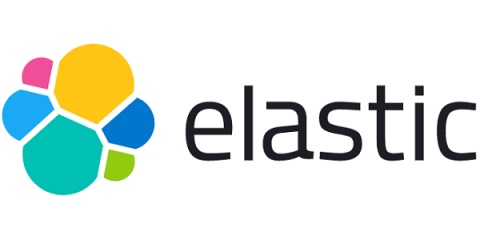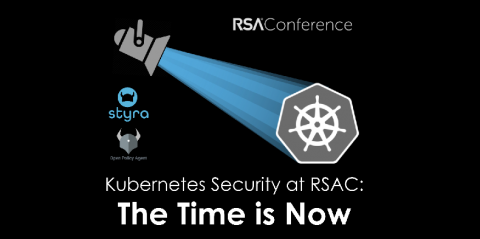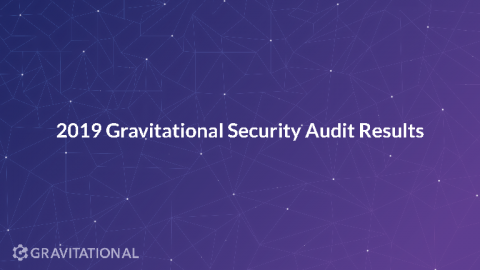NSA Releases Cloud Vulnerability Guidance
The United States’ National Security Agency (NSA) has put together a short guidance document on mitigating vulnerabilities for cloud computing. At only eight pages, it is an accessible primer for cloud security and a great place to start before taking on something like the comprehensive NIST 800-53 security controls.










